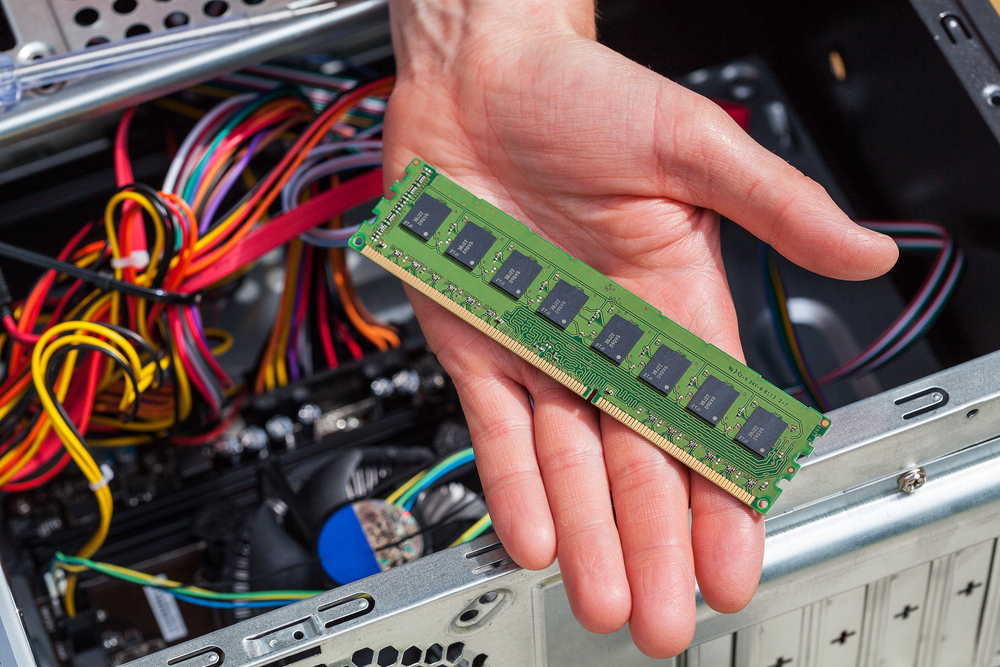
Everyday technology is advancing and becoming a larger part of our lives. Smart phones, the internet, and artificial intelligence are all examples, but not all technological advancements are so obvious. One area the tech revolution has changed, is prosthetics and artificial limbs. With current advancements, people who have lost or were born without key limbs will soon be able to function just the same, if not better, then the average human.
Artificial Limbs Have Evolved in a Short Time
Each year, an estimated 158,000 people have a limb amputated after an accident or for various medical reasons. Years ago, prosthetics for amputees had little, if any, articulation that could emulate normal movements and functions for the user.
That all began to change in the 1990’s as the first microprocessor-controlled prosthetic knees became available. Gradual improvements in technology allowed prosthetics that had once been stiff and difficult to control, the ability to emulate movements and respond to their user’s natural walking patterns. With each new iteration, technology is continuing to improve.
Mind-Controlled Bionic Technology
Using advanced but currently available bionics, some amputees have been given the chance to control artificial limbs the same way they would their real ones: with their mind. This process begins by implanting sensors in the user’s muscles that can communicate with their prosthetic. Using a method called Targeted Muscle Reintegration (TMR), these sensors rewire the user’s nervous system by transferring nerves controlled by the amputated limb to alternative muscle sites.
In simpler terms, when an amputee loses a limb, their nervous system still sends signals to the lost limb. TMR rewires the nervous system to give this lost signal a muscle to receive it. Once received, the muscle contracts, causing an electrical signal which can be detected by a sensor on the skin. This means a user can put on their prosthetic, think about closing their hand, and their prosthetic hand will close.
Sensory Feedback Bionic Technology
In the world of artificial limbs, thought-controlled artificial limbs represent remarkably advanced technology, but even that isn’t at the forefront of what the industry is creating. The next step has been creating an artificial limb that can send feedback to its user, or in other words, give the user back their sense of touch.
This is done through Target Sensory Reintegration (TSR), a process that is similar to and works in tandem with TMR. The user has their touch receptors mapped to sensors in their arm which will receive signals from the artificial limb. This feeling has been described as a sense of touch coming from the user’s phantom limb.
The Future of Artificial Limbs
Recent and projected advancements in bionics and artificial limb technology will continue to change people’s lives in the coming years. It will be important for OEMs to work quickly to gain a foothold in what could become a growing market segment for bionics. Right now, the future of this technology is limitless.
The demand for artificial limbs that accurately replicate human movement is incredibly high, and as this technology becomes more affordable and available to the public, there will be a need to meet that demand. We recommend contacting the knowledgeable professionals at EPTAC to make sure your staff receives the necessary IPC certifications and training to succeed in this new space.
About EPTAC
For over 30 years, EPTAC has been a leading provider of solder training and IPC certification. We provide professionals with the tools and training they need to advance their careers and improve their businesses. With 15 locations across North America, our solutions and instructional staff provide easy access to knowledge that will enhance your business model and help you meet and exceed industry demands. For more information call 800.643.7822 or contact us.






